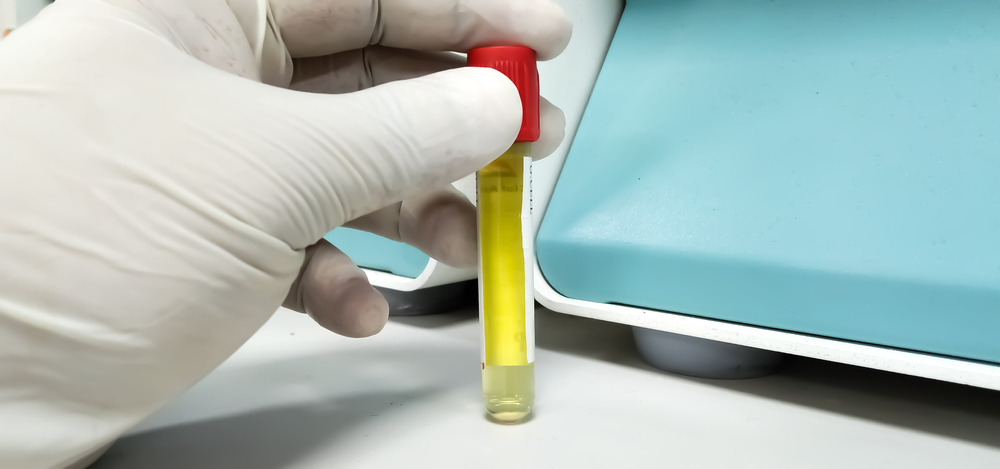
What is being tested?
Peritoneal fluid is a liquid that acts as a lubricant in the abdominal cavity. It is found in small quantities between the layers of the peritoneum. Peritoneal fluid is produced by mesothelial cells in the membranes and acts to moisten the outside of the organs and to reduce the friction of organ movement during digestion.
A variety of conditions can cause accumulation of peritoneal fluid (ascites). The most common cause by far is cirrhosis of the liver (80% in Western Europe and North America).
Among the other causes are congestive heart failure, metastatic cancer, lymphoma, mesothelioma, rheumatoid disease, or systemic lupus erythematosus.
Laboratories use an initial set of tests (cell count, albumin and appearance of the fluid) in addition to the history and physical examination of the patient to help determine the cause of the accumulation of fluid.
How is it used?
Chemical tests
Tests that may be performed in addition to albumin include:
Microscopic examination - may be performed if infection or cancer is suspected. Normal peritoneal fluid has small numbers of white blood cells (WBCs) but no red blood cells (RBCs) or microorganisms.
Infectious disease tests - tests may be performed to look for microorganisms if infection is suspected.
Other peritoneal fluid tests for infectious diseases that are less commonly ordered include tests for viruses, mycobacteria (Acid fast bacilli culture) or parasites.
When is it requested?
Peritoneal fluid analysis may be ordered when a doctor suspects that a patient has a condition or disease that is causing peritonitis and/or ascites.
What does the result mean?
The common cause of a high SAAG value is cirrhosis of the liver but congestive heart failure, cancer metastatic to the liver or carcinoma of the liver itself (hepatoma) may also cause an elevated SAAG.
A low SAAG value may be found in peritonitis from connective tissue disorders, bowel perforation or infarction, in tuberculous peritonitis, pancreatitis and peritoneal malignancy.
Infectious diseases are caused by viruses, bacteria, or fungi. Infections may originate in the peritoneum, be due to a rupture of the appendix, perforation of the intestines or the abdominal wall, contamination during surgery, or may spread to the peritoneum from other places in the body.
Is there anything else I should know?
Plasma glucose, albumin and total protein may be ordered to compare concentrations with those in the peritoneal fluid. If a doctor suspects that a patient may have a systemic infection, then a blood culture may be ordered in addition to the peritoneal fluid analysis.
Common questions
Paracentesis is the removal of peritoneal fluid from the abdominal cavity with a needle, tubing, and a container that may have a vacuum. The patient is positioned lying down with the head of the bed raised. A local anaesthetic is applied and then the doctor inserts the needle into the abdominal cavity and the fluid is removed.
Yes. Sometimes it will be performed to drain excess peritoneal fluid - to relieve pressure in the abdomen. The volume of fluid removed may be large - sometimes as much as four litres or more. This may need to be repeated periodically with some diseases.
More information
Pathology Tests Explained (PTEx) is a not-for profit group managed by a consortium of Australasian medical and scientific organisations.
With up-to-date, evidence-based information about pathology tests it is a leading trusted source for consumers.
Information is prepared and reviewed by practising pathologists and scientists and is entirely free of any commercial influence.